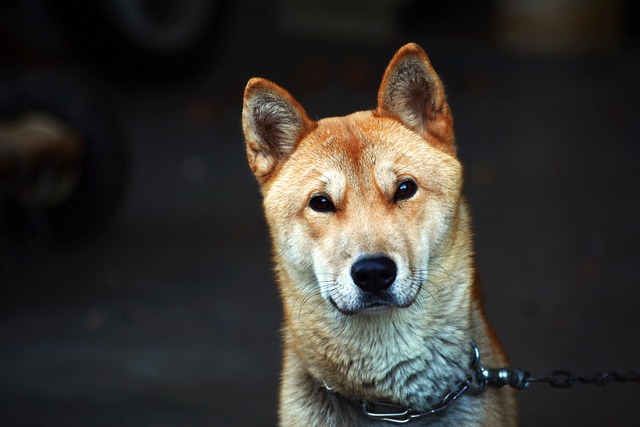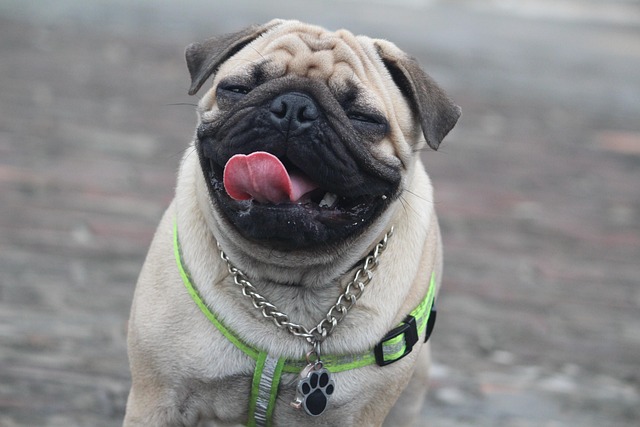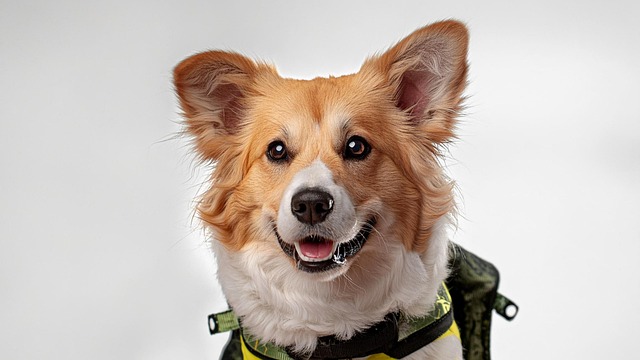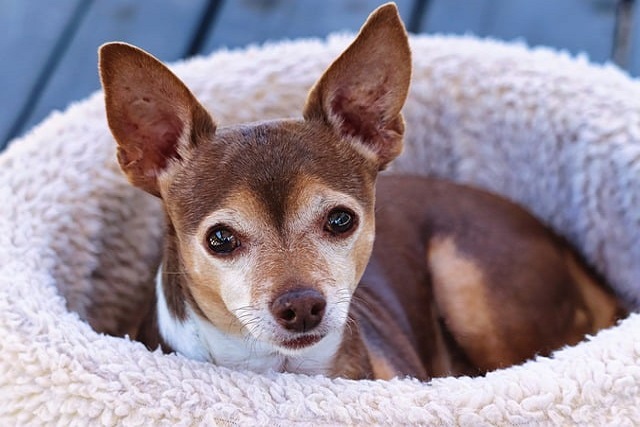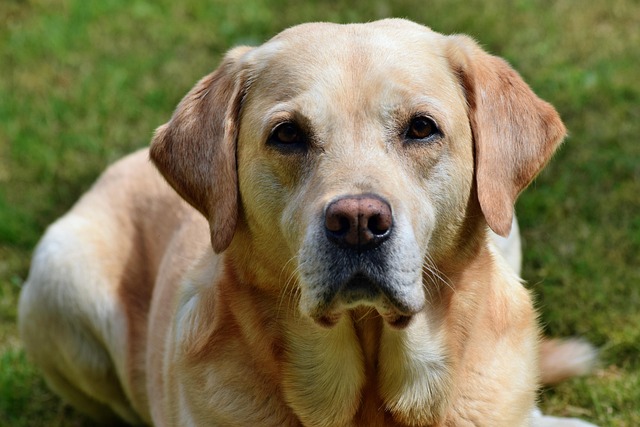That first walk together is a milestone every puppy owner dreams about. But before you hit the sidewalk, there's some essential groundwork (literally!) to cover. Leash training isn't just about attaching a cord; it's about teaching your pup safety, communication, and good manners in a world full of distractions. Patience and positive reinforcement are your absolute best tools here.
Start simple, inside your quiet home. Let your puppy sniff and investigate the collar or harness and the leash itself. Clip the leash on for very short periods while they're eating or playing calmly – just letting them get used to the feel without pressure. Treats and praise during these moments create positive associations. Never drag or punish; if they freeze or pull, gently encourage movement with a happy voice and a treat lure.
Once comfortable indoors, move to a familiar, low-distraction space like your backyard or a quiet hallway. Hold the leash loosely and let your puppy wander a bit, following them. Call their name cheerfully, reward them when they glance your way, and offer a treat when they come closer. The goal here is building the connection that being near you on this leash thing is rewarding! Keep sessions incredibly short – five minutes is plenty for a young pup.
As they grasp following you in this controlled space, introduce gentle guidance. Walk a few steps, use an upbeat cue like "Let's go!" and reward them for moving with you. If they pull ahead, simply stop walking. Stand still like a tree until the leash slackens, even slightly, then praise and move forward again. This consistently teaches that pulling equals no progress, while loose leash walking equals fun and forward motion. Consistency from everyone in the household is vital.
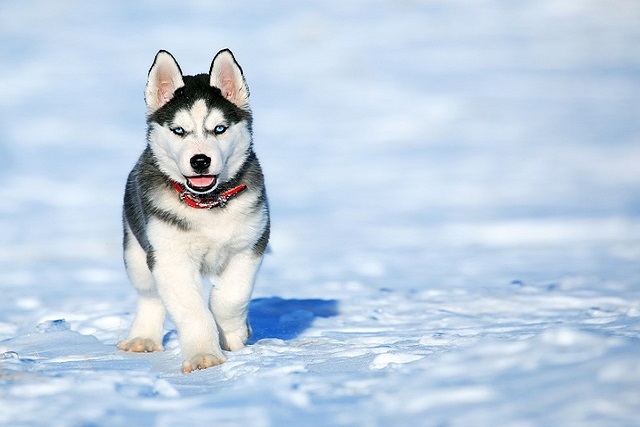
Gradually increase the challenge. Move to your front yard, then a very quiet street. Distractions will test their focus! Arm yourself with high-value treats (think small bits of chicken or cheese). When they look at you amidst distractions, mark that moment with a "Yes!" or a clicker, and reward generously. Practice turns, stops, and changes in pace. Remember, sniffing is important mental stimulation – build in brief "sniff breaks" on cue so they learn they get opportunities to explore too.
Crucially, be aware of your local regulations and cultural norms. Leash laws vary significantly across cities, counties, and countries. Many European towns and most US cities mandate leashes in public spaces, often specifying maximum lengths (typically 6 feet/1.8 meters is standard). Always check local ordinances – fines are common for violations. Using a leash isn't just training; it's legal compliance ensuring your pup's safety from traffic, wildlife, and prevents unwanted approaches to people or other dogs. Respect that others may have fears or allergies. Culturally, while some rural areas or designated parks allow off-leash freedom, assuming leash-free access anywhere is inconsiderate and often illegal. Carry waste bags religiously – leaving waste is universally frowned upon and heavily fined.
Expect setbacks. Bad weather, exciting squirrels, or encountering another dog can throw progress. Stay calm, manage the environment (increase distance from triggers), and return to basics if needed. If you encounter significant challenges like extreme fear or aggression on leash, consult a certified professional dog trainer (CPDT-KA or equivalent in your region) who uses positive methods. Training takes weeks or months, not days. Celebrate small victories – that moment they choose to walk beside you without pulling is pure magic. Your consistent, positive approach builds not just leash skills, but a deeper bond and a well-mannered companion ready to explore the world safely and respectfully by your side.
